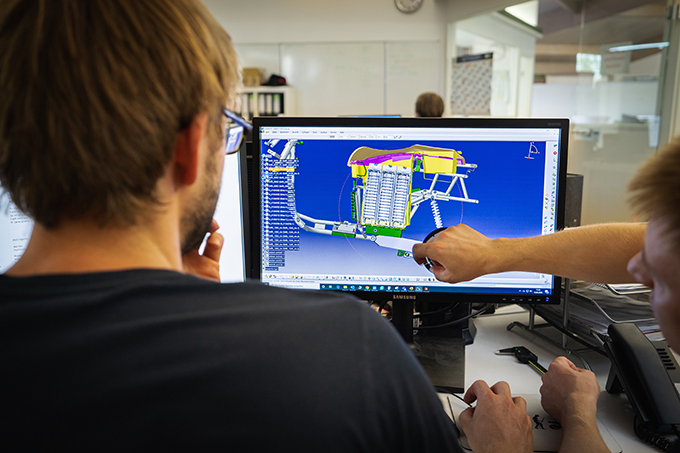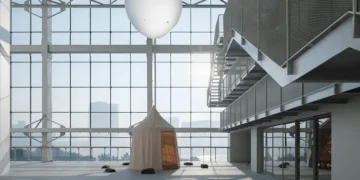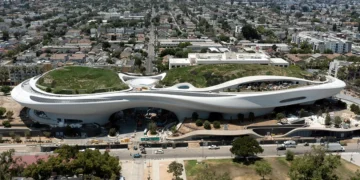
The technology behind 3D rendering has changed a great deal since the original 3D designs which we were first able to see over 20 years ago when the tech was released. We also now see more widespread use of this technology, which offers a fully interactive and 3D imaging of design. For any real estate project this should form a vital cog in the design process and with businesses such as Supercheap 3D offering these services at lower costs than ever before, there is no reason not to invest in 3D rendering for your next real estate project.
Real Life Imaging
For so many people it can be hard to actually see what the architect has designed, in a real life setting. What 3D rendering does is removes the need for you to use your imagination because you will be taken on a virtual tour through the property which will give you a clear depiction of what life will be like inside the property. Clients looking to buy properties which are yet to be built can picture themselves in the property which evokes emotions in them which increases their probability of buying.

Customer Satisfaction
Customers are always happier when they get what they thought they had paid for, especially when it comes to a large scale investment such as a property. There will be no room for confusion thanks to the 3D design and this increases overall customer satisfaction. If your customers are unhappy about anything relating to the build, it most certainly won’t be that they didn’t get what they thought they had paid for. “With the exponential growth of AR and VR in the real estate space, buyers are likely to be more demanding and want see accurate representations of how their new homes will look,” commented Ruban Selvanayagam of homebuying company Property Solvers.
Easy Customization
Whether your next real estate project is residential or commercial, clients are always looking for tweak and changes which ensure that the property will fit in with their needs. Using 3D technology they can easily identify changes that they would like, and the alterations can be made almost instantly. This offers clients the chance of a trial and error stage of the design process which ultimately helps them to nail down the exact design that they are after.

Convenience
With this 3D rendering technology the design process is made far more convenient than it is with 2D drawings. Let’s say your client is looking for some changes to be made and then they are away for business, simply send the file across via email and they can take a look and let you know how they feel. Equally it makes little sense to take a couple of hours away from the office only to offer a 10 minute presentation, and again this can be sent digitally for speed and efficiency.
And the final point to make with regards to 3D rendering is that it is a cost saver. Not only will you save money thanks to the additional convenience which it offers, but you will save a huge amount on construction costs. Given that customers know exactly what they are getting there will be no costly 11th hour changes, but a smooth construction process based on the model that the client has signed off on.
3D rendering technology, particularly when integrated with AI, is set to revolutionize the design and construction industries by providing unprecedented accuracy, efficiency, and client engagement. Here’s why:
3D Rendering and The Use of AI
3D rendering offers a highly detailed and accurate visualization of projects, which is a significant improvement over traditional 2D drawings. This allows clients to see realistic simulations of how a space or product will look and function in the real world. AI enhances this by enabling dynamic modifications and simulations based on the client’s feedback, which can be processed in real-time. This immediate responsiveness not only speeds up the design phase but also improves client satisfaction as they are more involved in the creation process.
Remote Collaboration: With the advent of global teams and remote work scenarios, 3D rendering combined with AI facilitates seamless collaboration across different geographies. Designs can be shared, reviewed, and revised in a digital space, reducing the need for physical presence and travel. This is especially valuable in today’s fast-paced, globalized business environment, where clients might be spread across different locations and time zones.
Cost Efficiency and Predictive Planning: AI-driven 3D rendering can predict and simulate the real-world behavior of materials and structural integrity, allowing for adjustments before physical work begins. This predictive capability ensures that potential issues are addressed in the design phase, significantly reducing the risk of expensive changes during construction. Furthermore, AI can help in optimizing the use of materials and energy, leading to more sustainable and cost-effective projects.
Automated Customization: AI algorithms can automatically suggest design adjustments based on predefined parameters such as budget constraints, space utilization, and environmental factors. This not only speeds up the design process but also personalizes the project to better meet the client’s specific needs.
Continuous Improvement: AI systems learn from each project, becoming more efficient and accurate in their predictions and renderings. This continuous learning process means that the more projects the AI assists with, the better it becomes at foreseeing potential issues and suggesting optimal design solutions, reducing the time and cost associated with the design and build phases.
Finally, the integration of AI with the benefits of 3D rendering technologies promises not only to enhance the efficiency and accuracy of designs but also to transform client interactions and project management in the design and construction industries. This synergy is poised to set new standards in how projects are conceived, visualized, and executed.


















